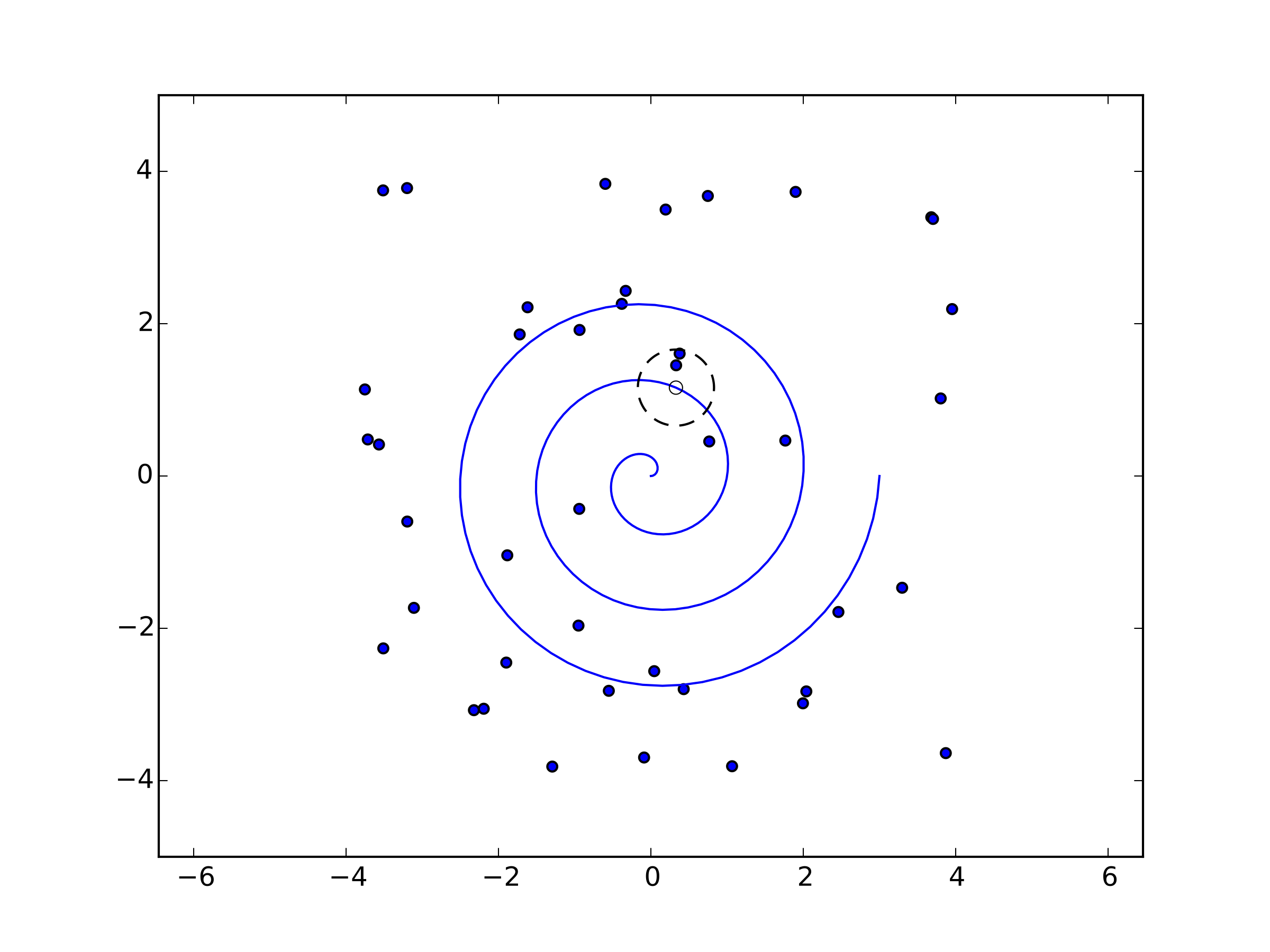Reactive planning is a method by which a robot picks its actions by reacting to its current state.
 This is in contrast to deliberative planning, where a robot predicts the consequences of its actions into the future and picks the action that it believes will lead to the best outcome. Deliberative planning is more foresighted than reactive planning, but requires good models of what consequences will result from given actions and significant computation. In contrast, when the environment is poorly known and decisions must be made quickly, reactive planning is more effective.
This is in contrast to deliberative planning, where a robot predicts the consequences of its actions into the future and picks the action that it believes will lead to the best outcome. Deliberative planning is more foresighted than reactive planning, but requires good models of what consequences will result from given actions and significant computation. In contrast, when the environment is poorly known and decisions must be made quickly, reactive planning is more effective.
Challenges: The key difficulty in developing reactive planning methods is understanding how using simple reactive rules affect the robot’s behavior. The behavior will, in general, be a function of the robot, the environment in which it is working, and the ways in which the robot reacts to its environment. For example, consider a robot that we want to navigate between two points in an obstacle-strewn environment. The robot needs to sense the presence of obstacles and react in order to avoid hitting them. What constitutes a good reaction depends on the shape of obstacles in the environment and the types of sensory information available to the robot: if the obstacles are all convex, a simple strategy involving walking around the edge of the obstacle may prove effective. However, if the obstacles have more complex geometry, the correct reactive strategy is likely to be more complex as well. The goal of this work is to build up effective reactive planning strategies in increasingly complex environments.
Why this research is exciting: Effective reactive planning will make robots more able to interact with the physical world, where the environment is unpredictable and failures (running into objects, etc.) can be costly. This research could be crucial in developing robots that are able to be useful to the general public in their everyday lives.
Participants
Paul Reverdy‘s role: Paul focuses on developing reactive planning algorithms and understanding when they are guaranteed to work. This tends to involve proving theorems about the algorithms and implementing the algorithms in computer code, for example Python. He also works closely with graduate students who take his code and use it on physical robot systems.
Vasileios Vasilopoulos‘s role: Vassilis is mostly involved in the experimental validation of the aforementioned scheme on the Minitaur quadrupedal platform, using onboard sensors.
Publications:
Sponsor: AFRL
